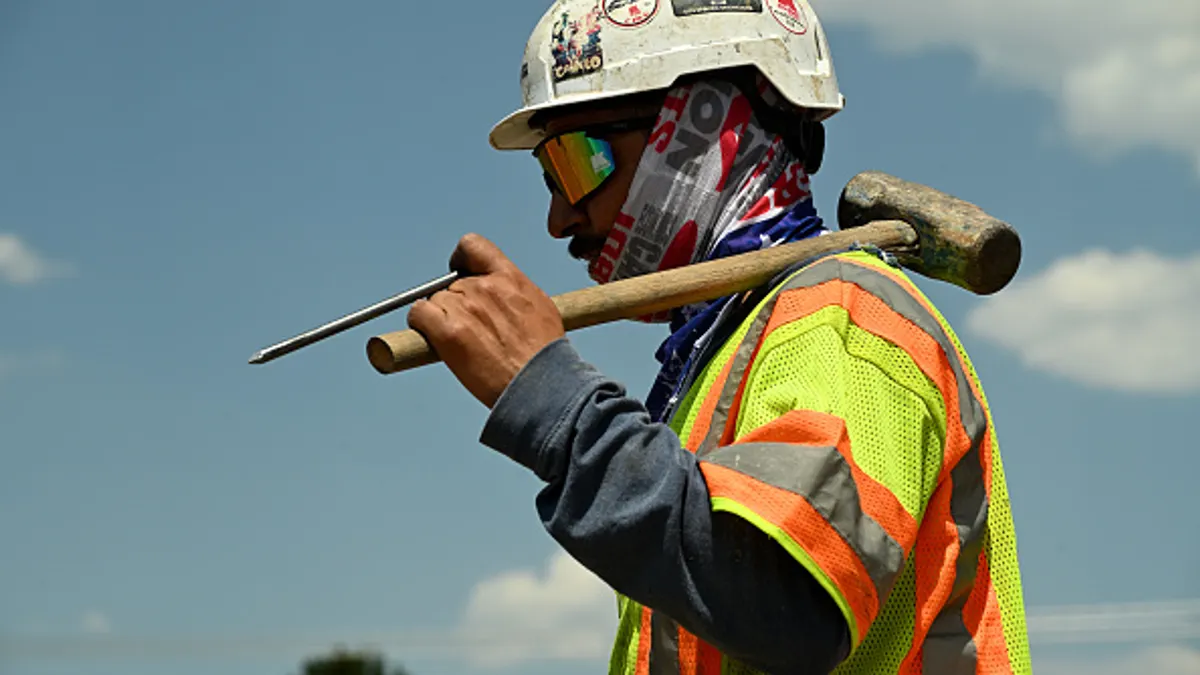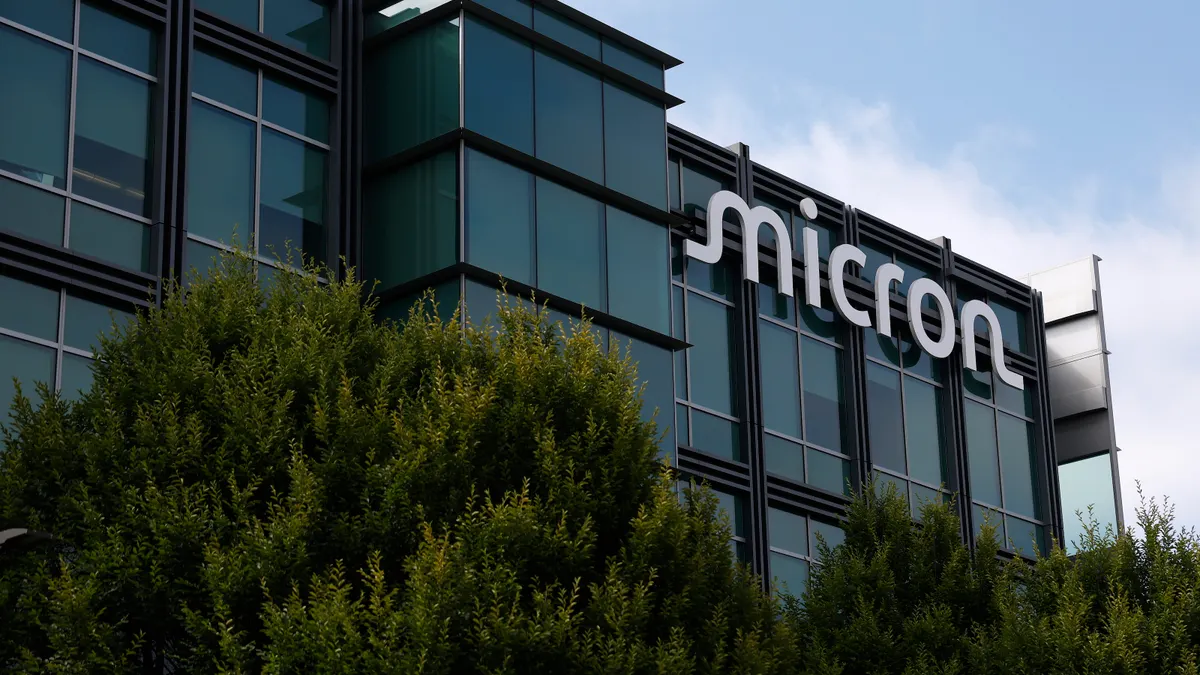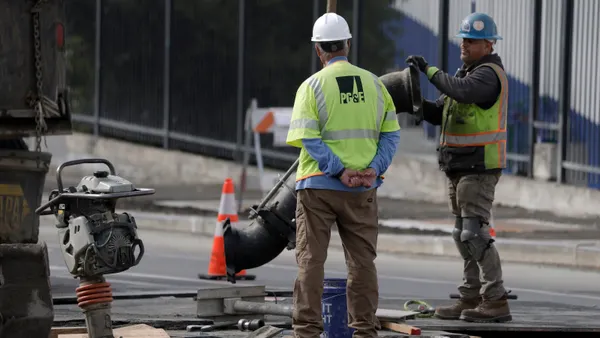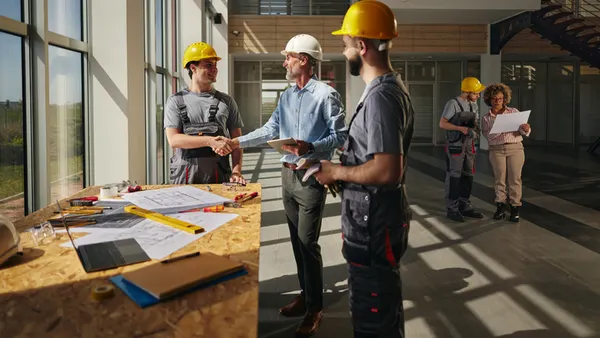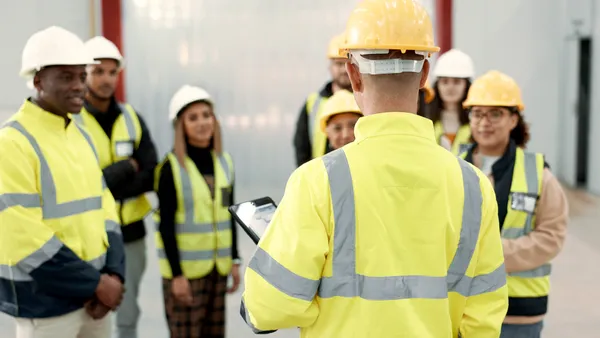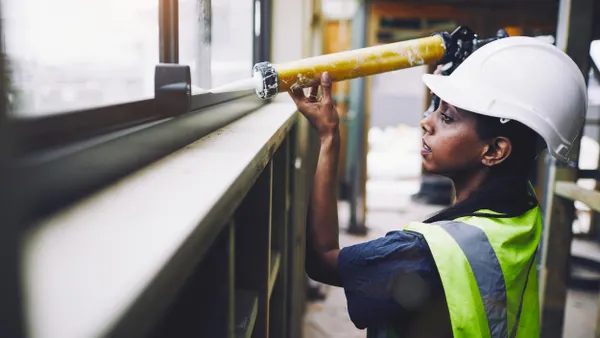Ratan Lal is a preconstruction professional for Atlanta-based construction services firm H.J. Russell and Co. with about 10 years of experience in project management. Opinions are the author’s own.
In the land of cranes, concrete and compounding delays, a quiet crisis looms over America’s skylines: We don’t have enough people to build them.
Despite billions in infrastructure spending, a housing crisis demanding millions of new units and booming demand for data centers and clean energy facilities, the U.S. construction industry finds itself paralyzed by a labor shortage that isn’t just cyclical — it’s structural.
But where are the workers?
In the first place, construction depends on a pipeline that no longer exists.
Vocational education has been stripped from many public schools. Immigration, once the backbone of America’s building trades, is mired in policy gridlock. Meanwhile, contractors haven’t figured out how to recruit members of the younger generation, who are much different than previous generations when it comes to their attitudes, values and work styles.

Today, about 245,000 construction jobs remain unfilled, according to U.S. Bureau of Labor Statistics data. Nearly one in four workers is over the age of 55, and retirements are accelerating. The industry is bleeding institutional knowledge and struggling to attract replacements. And while robots and prefabrication can help, they are no match for the deep cultural and policy fractures that caused this shortage.
We must confront the elephant on the jobsite: Immigration reform is not just a border issue, it’s a construction issue. About one-fourth of construction labor in the U.S. is foreign-born, and the share is even higher in trades like concrete, roofing and framing.
Skilled immigrant workers sit in limbo due to outdated visa caps and restrictive pathways. If the U.S. is serious about building back better, it must first build smarter immigration systems: trade-specific visas, cross-border credentialing and partnerships with vocational schools abroad.
DEI: An untapped reservoir
Let’s address another blind spot: diversity.
Only 11% of construction workers are women, according to the BLS. Black workers make up about 5%. LGBTQ+ representation and support remain almost invisible. Yet, we talk about labor shortages as if it’s a supply problem, not a systemic exclusion problem.
The myth that “people don’t want to work in construction” ignores the lived reality of millions who were never welcomed in the first place.
Imagine instead an industry designed around working mothers, second-chance citizens, rural talent, neurodivergent problem-solvers and veterans.
To fix the labor shortage, the industry must first fix itself. That means real investment in community college trade programs, wraparound childcare, inclusive mentorship and pay equity. Not performative DEI, but foundational transformation.
Construction has long suffered from boom-bust cycles. When markets tighten, training is the first to go. Subcontractors churn. Apprenticeships are delayed. It’s a recipe for fragility. The shift must be from cost-first to capacity-first planning.
Public owners, from city transit agencies to federal infrastructure programs, should mandate workforce development spending on every capital project. Private equity in real estate must tie return on investment to long-term labor investment.
We need to treat skilled labor not as a commodity, but a strategic asset.
A blueprint for the future
Solving the labor shortage in construction isn’t about tweaking around the edges. It’s about a new blueprint — one that recognizes:
- Immigration is workforce development.
- DEI is not a side initiative, it is labor market expansion.
- Labor policy must be proactive, not project based.
- Culture change is not optional, it’s existential.
- It’s time to modernize the image of construction
If we do this right, construction could become the beating heart of inclusive American growth. Not just building buildings but building futures. Because the question isn’t just “Where are the workers?” It’s “What are we doing to bring them back?”


